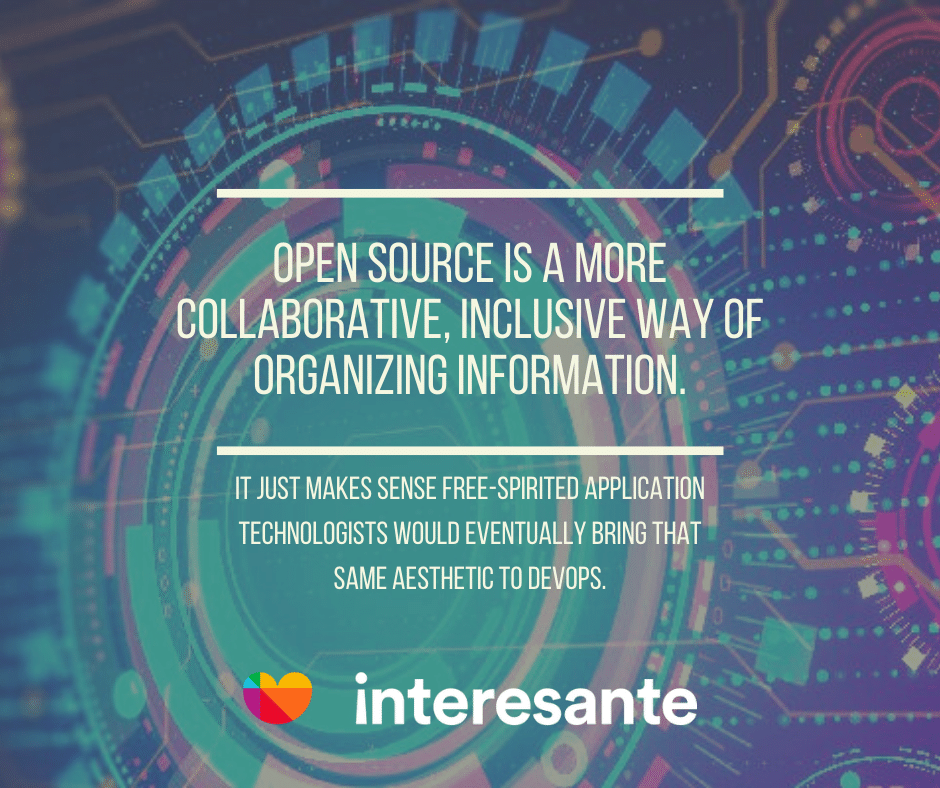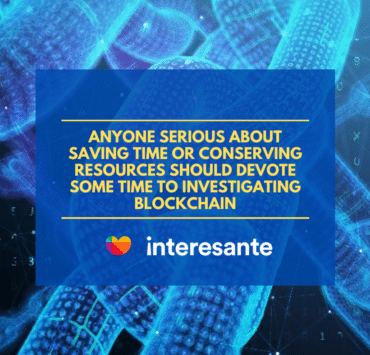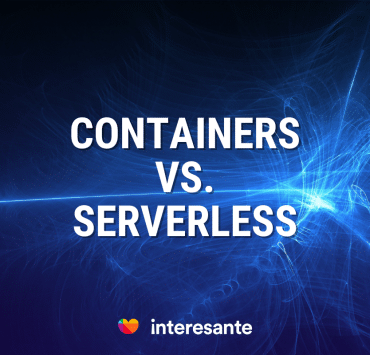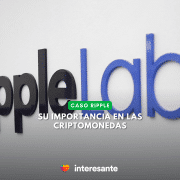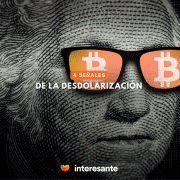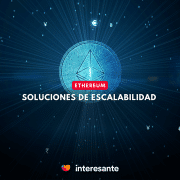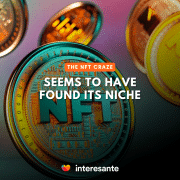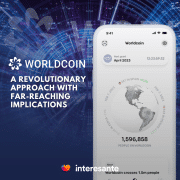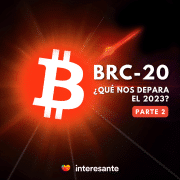Brand Partnership Manager
Businesses don’t exist to make money. They exist to solve problems. They are supposed to do that anyway, even if sometimes they generate other problems. In the massively connected, always available, instantly updated world of 2019, you will need more advanced technology to solve more complicated problems. This brings us to Hyperledger Fabric.
VMWare defined Hyperleger Fabric as “the most mature blockchain solution available now for business use cases.” Here’s an in-depth look at what that means, why Hyperledger Fabric needs Kubernetes, and what problems they can help you solve.
What is Hyperledger Fabric?
Fabric has been the most popular of the six blockchain-building frameworks on Linux Foundation’s Hyperledger site because it is the strongest regarding data privacy. Although the entire project is open source, Fabric has been developed by a team of 28 companies led by IBM. There are now more than 250 companies using Fabric and its 3.6 million lines of code.
Fabric streamlines the assembly of your blockchain applications because the modular architecture allows you to plug and play using pre-built critical components of a blockchain. Other Hyperledger projects include frameworks like Grid, a WebAssembly library for supply chains, and Burrow, a rapid smart contract generator.
In addition to these frameworks, several Hyperledger tools, such as Cello, an on-demand X-as-a-service deployment model, and Quilt, patch together independent ledger systems.
Fabric creates an allowed networks, which means that everyone on the network has a confirmed identity. This is particularly necessary for applications governed by strict data privacy laws, such as financial services or healthcare. There has to be a clear record of everyone who has access to the data and what the data is being used for. As new data privacy guidelines go into effect all over the globe, more networks will need to be allowed, so it makes sense to get ahead of the privacy curve now.
The Main Alternatives to Fabric
Ethereum was the framework that started it all in terms of enterprise blockchain development. Unlike Ethereum, though, the new specialized blockchain development frameworks—Hyperledger Fabric, R3’s Corda, and JPMorgan’s Quorum – don’t support a currency, partially to keep them far from the Bitcoin debate. Like Fabric, Corda and Quorum are for developing permissioned blockchains, but from there, they differ significantly. Quorum was developed specifically for financial services, and Corda for financial or legal use cases. Fabric is different in one important way that gives it the edge for applications in any industry that require maximum availability and rapid scalability.
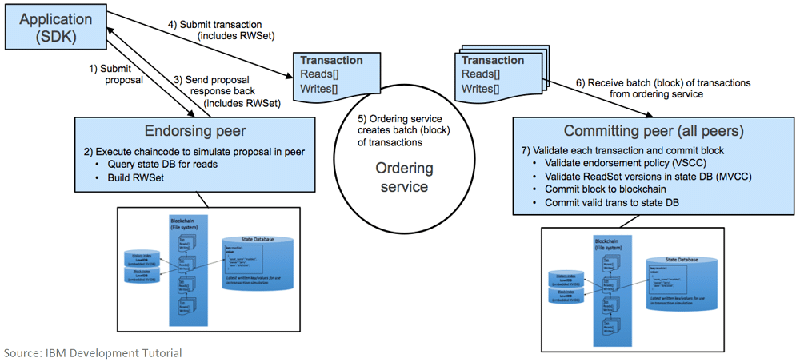
The difference is that Fabric breaks up transactions into three pieces:
- The application sends a proposed transaction proposal to an endorsing peer.
- The endorser executes a chain code in a read/write set, which goes to the ordering service.
- The block from the ordering service is added to the blockchain by the committing peer.
Separating the endorsement from the block creation from the recording greatly reduces the amount of traffic across the network, speeding up performance. The separation also makes the blockchain more secure like the segregation of duties (authority, custody, and control) in accounting.
Does Fabric Need Kubernetes?
Fabric operates by creating a network of containers, and Kubernetes was specifically built for managing and orchestrating the movement of containers. Due to the complexity of keeping all the containers running concurrently, you need Kubernetes to automatically spawn new containers if one goes down, assuring maximum uptime and high availability.
The Significance of Hyperledger Fabric
From a market analysis standpoint, enterprise technologies tend to go through three phases:
Stage 1: What are you talking about?
Stage 2: That’s never going to work.
Stage 3: Our clients are using this. Figure it out.
That is an updated and simplified version of the Diffusion of Innovation thesis by Everett Rogers, usually represented by the graph below. Kevin Kai Nielsen Garcia at CryptoOracle, suggested that blockchain has penetrated beyond the early adopter segment and is transitioning into “That’s never going to work” territory. Based on that conclusion, the biggest opportunity for new businesses now rests with middleware vendors and service providers who can make blockchain application development easier for the non-technical masses.
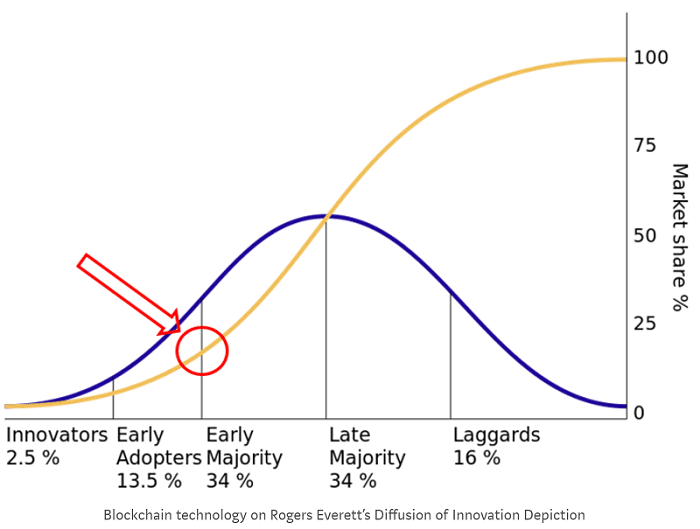
The tools available here include a framework and an extensive code library containing hundreds of projects, wireframes, and the skeletons of production systems so entrepreneurs and businesses can hit the ground running.
Hyperledger and the eBay Moment
There are indications that blockchain’s adoption trajectory followed the same path as the World Wide Web a quarter of a century ago. No more than a few dozen commercial websites were created when the National Center for Supercomputing Applications (NCSA) released its first web browser, Mosaic, in 1993. After a decade, active websites grew to 40 million, but the next 40 million took just 2 years. By 2016, there were more than one billion websites, and the number has doubled.
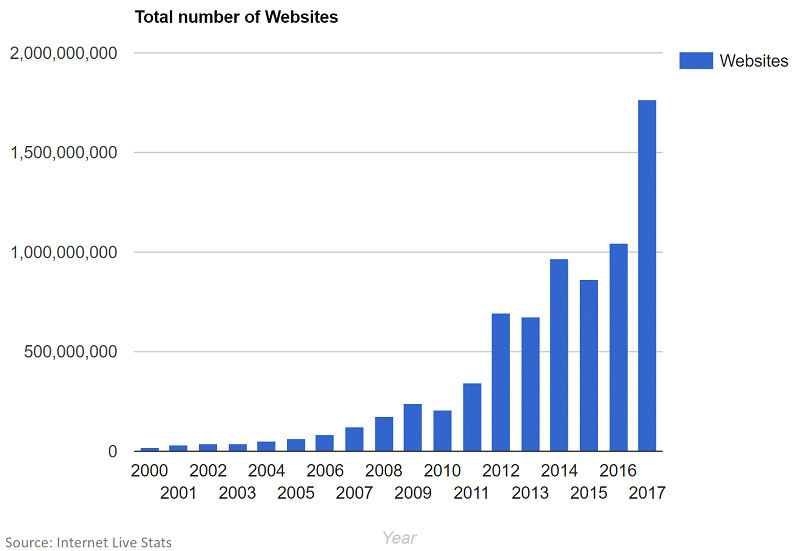
While many factors influenced the acceleration of the web, one of the most powerful drivers was the market share growth of eCommerce sites in the late 1990s. Today, 40% of US shoppers aged 18-34 agreed with the statement, “Ideally, I would buy everything online,” as eCommerce in the Cloud report.
Like the blockchain equivalent of eBay, applications of Hyperledger Fabric on Kubernetes are well-positioned to drive the consumerization of distributed ledger tech. They represent a path for a tool for collaborating, organizing, and monetizing business on blockchain, especially for software related to financial services, healthcare monitoring, data privacy, geofailover backups, and verification processing.
Use Case: Dispute resolution
A good representative of the kind of projects being built with Hyperledger Fabric and Kubernetes is IBM’s Global Financial dispute resolution system. More than $100 million was being tied up yearly in disputes when third-party suppliers and partners didn’t get what they expected from their transactions. Their Hyperledger Fabric deployment shrank “time to resolve” averages from 40 days down to 10, increasing capital efficiency by 40 percent and improving the customer experience greatly.
Use Case: Carbon emission reduction
Many initiatives worldwide seek smarter approaches to halting and reversing the effects of greenhouse gas emissions. Quotas and financial incentives under carbon emission reduction (CER) programs have proven to be some of the most effective. Energy-Blockchain Labs in China announced that their Hyperledger Fabric project created smart contracts to improve carbon asset tracking, ensure data security, and boost actors’ credibility in the carbon emission reduction market due to better transparency and auditability of transactions. Cao Yin, Chief Strategy Officer of Energy-Blockchain Labs, estimates their project will “significantly shorten the carbon assets’ development cycle and reduce the cost of their development by 20 to 30 percent, enabling cost-effective development of many carbon assets.”
Use Case: Farm to table
Consumers are growing increasingly concerned over what they consume, especially in tracking the quality of the food they eat, all the way back to the source. Over the past year, the e.coli poisoning of romaine lettuce and various other threats to food supplies have highlighted the life-and-death importance of expanding transparency in food supply chains. That’s why new tools built on Hyperledger Fabric and Kubernetes have been instrumental in creating an immutable ledger of each stop on the path from the garden to the grocery. “The food system is too large for any single entity to [track],” Frank Yiannas, VP of Food Safety at Walmart, explained. “We’ve been working with IBM to digitize that, so the information is captured on the farm with a handheld system…. When it comes to safety, this is not a competitive issue. We all win or lose together.”
When you are ready to experiment with your own permissioned distributed ledger, this GitHub code pattern can walk you through the seven steps in setting up Hyperledger Fabric with Kubernetes APIs on IBM Cloud Kubernetes Service, including network topologies and video.
Next Stop: Serverless
Hyperledger Fabric and Kubernetes gained recognition based on their ability to be deployed across various vendor clouds and tech stacks. Open source is a more collaborative, inclusive way of organizing information. It just makes sense; free-spirited application technologists would eventually bring that same aesthetic to DevOps.
The problem is that migrating incredibly complex and fragmented software from one network to another requires many changes to technical specifications and server settings. What if all of that didn’t matter, though? What if you could develop code in a server-agnostic, practically serverless, architecture? That’s what I’ll explore in the next article when we look at which elements of Kubernetes have proved essential for the next evolution of cloud-based software in a serverless environment.
